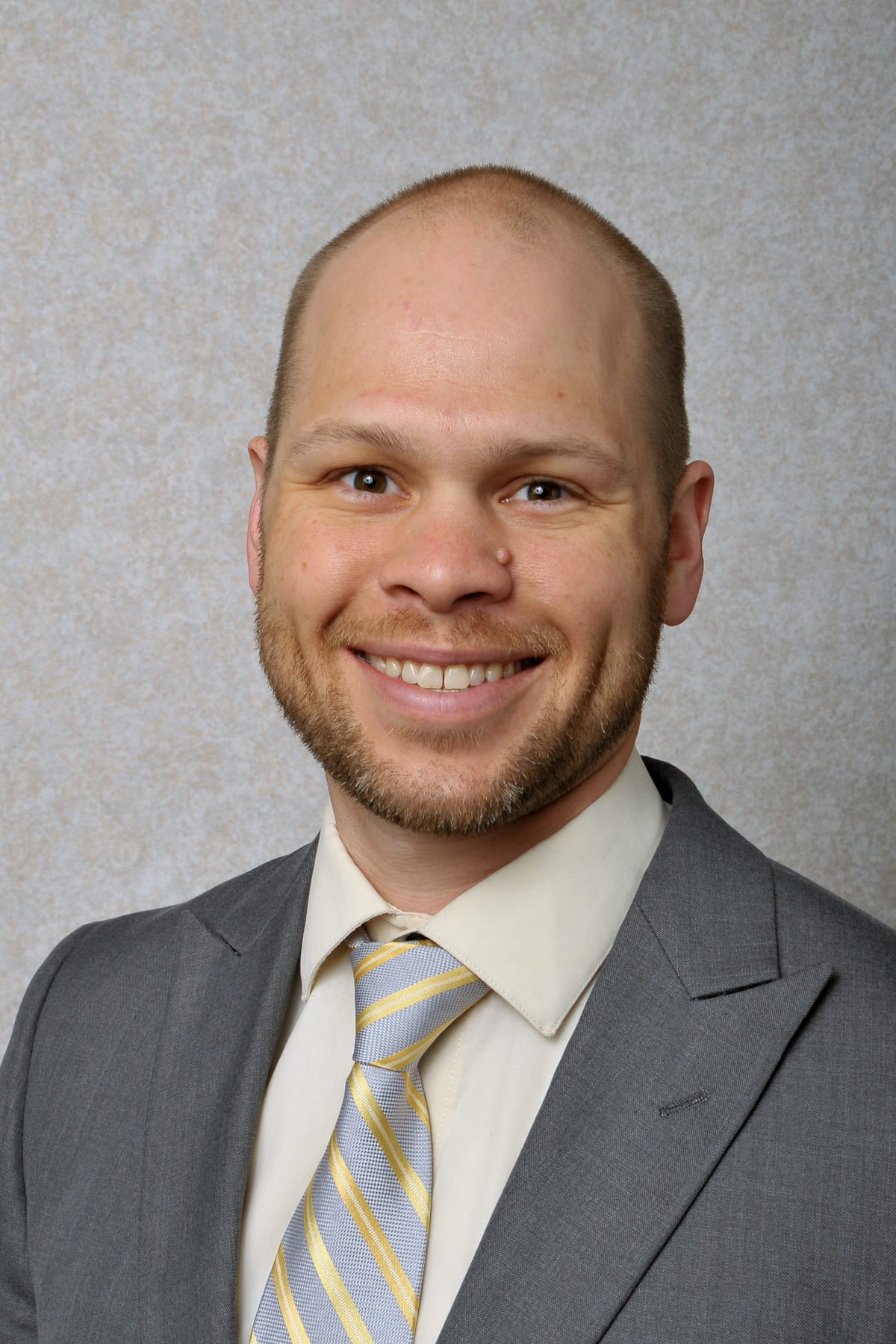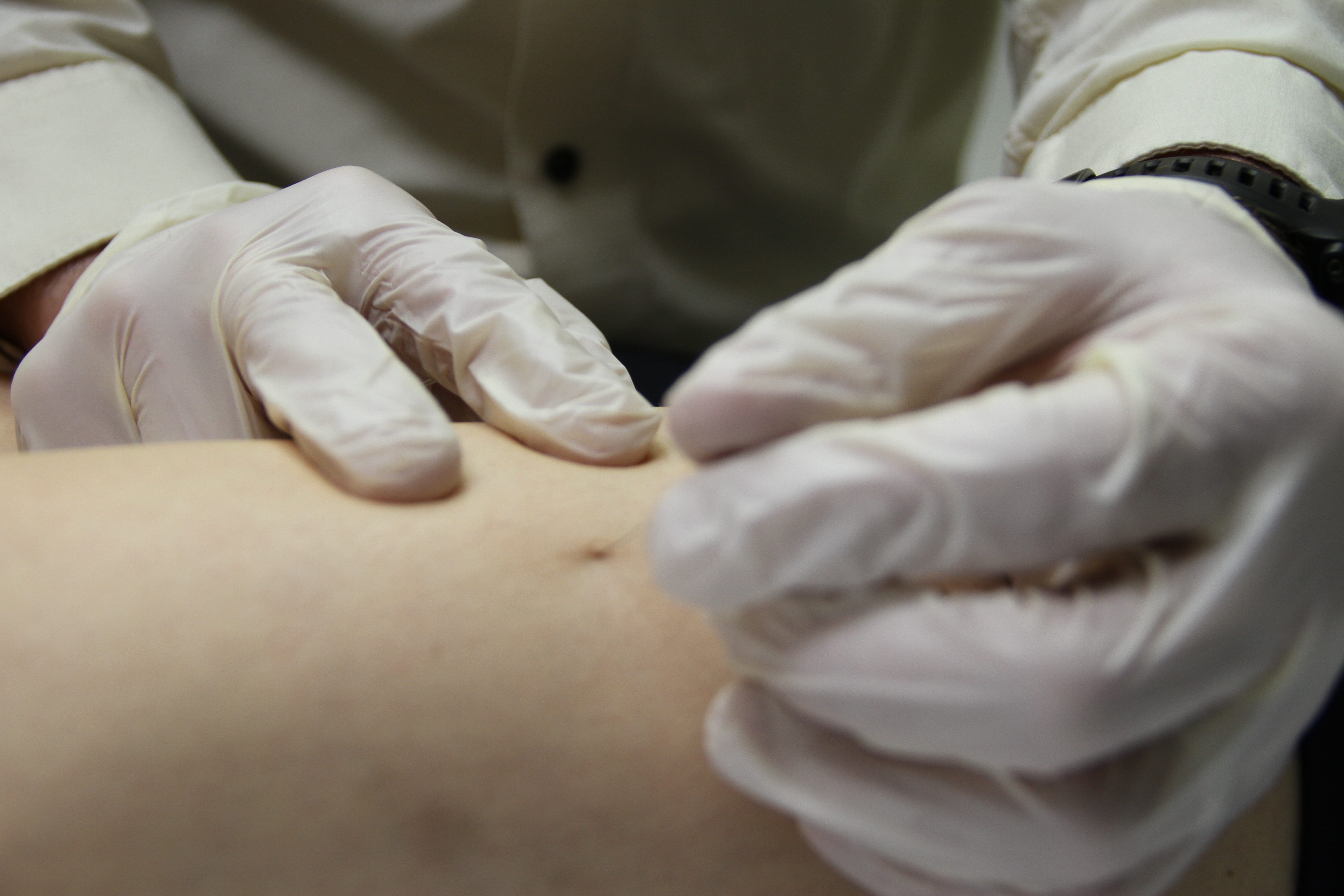June 7, 2016
 COLUMBUS, Ohio – A new study at The Ohio State University Wexner Medical Center is testing the effectiveness of dry needling for pain management and on muscle strength and leg function for patients with knee pain.
COLUMBUS, Ohio – A new study at The Ohio State University Wexner Medical Center is testing the effectiveness of dry needling for pain management and on muscle strength and leg function for patients with knee pain.
Dry needling consists of small, monofilament needles that are administered directly into the tissue and manipulated to make the muscle relax for pain relief. This technique is used to treat dysfunctions in skeletal muscle and connective tissue to help diminish pain, reduce impairments of body structure and restore function.
“Dry needling has been growing in popularity for years for a number of conditions and, while patients often swear by it, we wanted some sort of proof that it works,” said Matt Briggs, physical therapist and researcher at Ohio State Wexner Medical Center.
Briggs and his team will use dry needling on 120 patients with what is often termed “runner’s knee,” a common condition that causes persistent pain in and around the kneecap. Many patients who suffer from knee pain during normal activities, such as walking, climbing stairs or squatting, have reported success with dry needling.
“Runner’s knee can be very hard to treat because there’s often no identifiable anatomical source for the pain and may often be referred from muscles that are not working correctly. In that sense, a therapy like dry needling may be a great option, which is why we’re conducting the study,” Briggs said.
 Typically, physical therapists use other soft tissue massage techniques to stimulate tissue and release tight muscles, but dry needling can do all those things in a fraction of the time, experts say.
Typically, physical therapists use other soft tissue massage techniques to stimulate tissue and release tight muscles, but dry needling can do all those things in a fraction of the time, experts say.
“There’s a theory that dry needling changes the way nerves and muscles function, and may even change the way our spinal cord and brain perceives pain,” Briggs said. “Those are all things we hope to take a good look at during the study.”
Dry needling isn’t currently a standard of care, with few hospitals agreeing to administer it as a treatment because of the lack of research.

